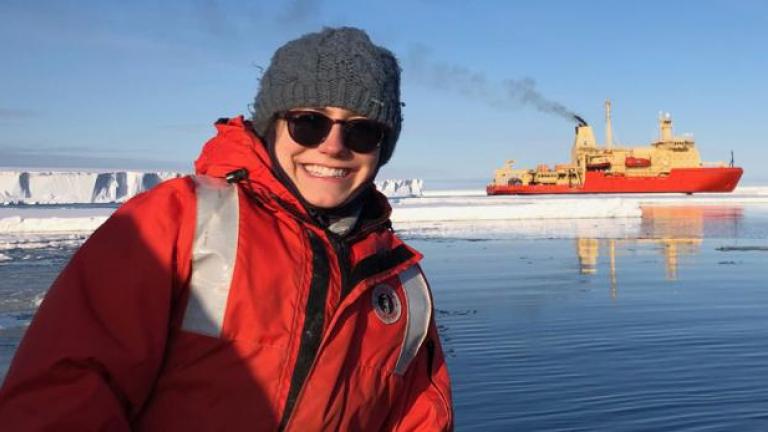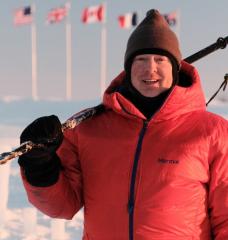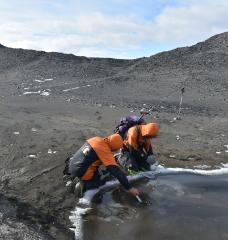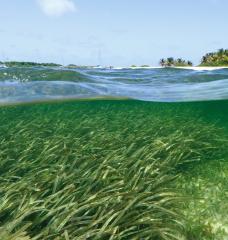
Angela Ellis | EAPS News
Thursday, April 30, 2020
On the way to a PhD in oceanography, the global pandemic makes for a short research detour, both literal and figurative.
When her two and a half month oceanographic research trip was extended for a few days in March to come to the aid of a few fellow scientists stranded due to the coronavirus pandemic, 5th year MIT-WHOI Joint Program graduate student Madeleine Youngs was not disappointed: “Picking up and dropping off passengers from the British Antarctic Survey gave me a chance to see more of the Antarctic…and being on board was actually good preparation for quarantining when back home!”
Being on board a research vessel often means spending a lot of time alone in your cabin, working in 12 hour shifts, 7 days a week (her cabin slot was from midnight to noon every day). And, as many of us here on dry land can now relate, she had to get used to doing without important items like Oreos and liquid detergent that ran out early – Youngs noted even, for some reason, “the good toilet paper” was also in short supply!
Youngs traveled to the Amundsen Sea in early January on the RV IB Nathaniel B. Palmer to participate in the Southern Ocean Carbon and Climate Observations and Modeling project with colleagues from Princeton and the University of California, San Diego, where she deployed five new floats into the icy waters of the Southern Ocean to monitor its salinity, depth, temperature, pH, carbon and oxygen, spatially and over time. For the next five to seven years, the data transmitted will help scientists answer dynamical questions, leading to a greater understanding of the Southern Ocean’s role in the global carbon budget.
A keen oceanographer since high school, Youngs values her graduate experience in the MIT-WHOI Joint Program over the past 5 years. Professor and supervisor Glenn Flierl, who is based in the MIT Department of Earth, Atmospheric and Planetary Sciences (EAPS), helped Youngs to “think outside the oceanography bubble” and connect her research into the Southern Ocean to atmospheric dynamics –- and how storms will behave in a changing climate. Young’s work is mostly computational, so the field experience was a welcome hands-on complement to her graduate work. One highlight of her time on board (besides the giant ice cream cake the chefs made on her birthday) was climbing in a Zodiac to watch team members tag Weddell and Elephant Seals on an ice floe with sensors that will transmit physical oceanographic data back to base when the sea is frozen over.
As an early board member of Women in Course XII (WiXII), Youngs has an interest in addressing issues around gender equity in science, and she noted that the scientific party on this particular cruise was 60% female — and the student team itself consisted of 8 women and 2 men — which was an unusual and welcome experience. “I learned a lot about the grant proposals process from them,” she notes, “so I would like to go to sea again, next time as a principal investigator.”
While away at sea for weeks, Youngs may have been safe from the novel coronavirus, but now, sheltering in place at her parents’ home in California, Youngs points to certain advantages over shipboard life: “The internet works better at home… and it’s easier to talk to collaborators as everyone is online,” adding, “It’s good to be able to run and go to the store again.”
With plenty of time and space to prepare for her upcoming thesis defense, now likely to be conducted online and delayed until August, Youngs finds the positive in having to unexpectedly adjust course. “I would have preferred to have an in-person defense,” said Youngs, but now, “this means I can walk [at commencement on campus] next year instead, and that’s very important for me and my family.” And, in the meantime, Youngs still has her next career step to look forward to when she takes up a NOAA Climate and Global Change Postdoctoral Fellowship at New York University in the fall.





